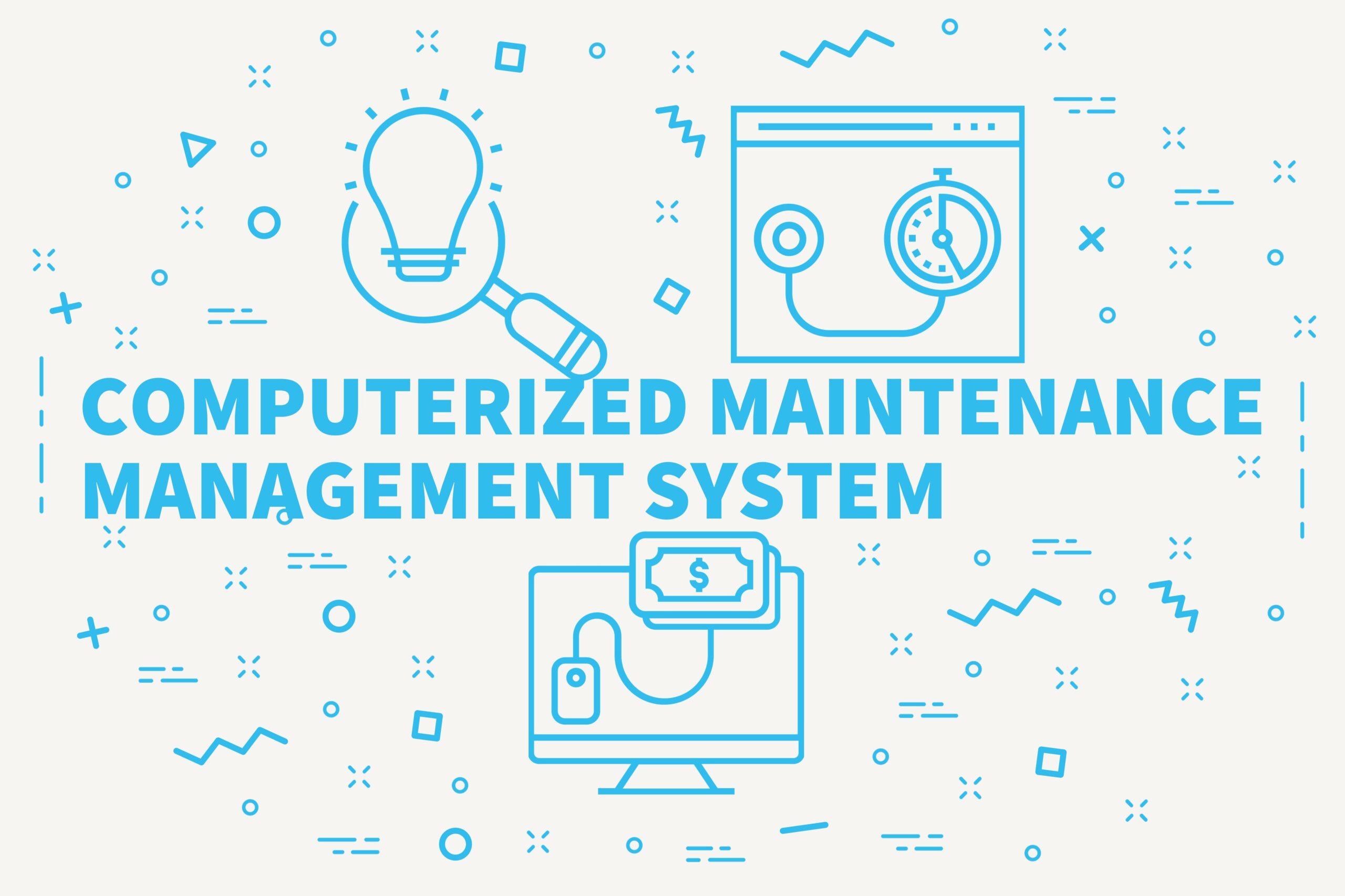This week I continue sharing ideas based on conversations I had at the recent APPA National conference in Nashville.
During one of the networking breakfast sessions, I was speaking with an individual who was involved in a project recently where he and his team partnered with a company to complete equipment inventory and tagging on many of their mechanical and electrical elements across their campus. When I asked how they were leveraging the data he mentioned that they were trying to figure out how to make the system work for their team.
As I inquired further, he mentioned that one of the biggest issues/challenges that they were dealing with was the complex tag naming convention that they had decided to use. The tags included a complex alphanumeric code that tied in the building, the Uniformat II code and a location. During the initial tagging, managing the tags had been difficult given the complex naming as well as managing the tags on-site. Additionally, keeping the dataset current as equipment was changed out was also very difficult due to the custom nature of the tag naming/numbering.
Unfortunately, this is a problem that we see very often. It harkens back to a day before bar codes and QR codes when all people had to go on was a tag name/number. At that time, it made some (but not a lot) of sense to use a complex tag naming/numbering convention.
However, now by leveraging technology (Computerized Maintenance Management Systems (CMMS), Bar code/QR Code Readers, etc.) there really is no reason to keep using the complex and difficult to manage tag systems.
Whenever we can influence our client’s approach to tagging, we always say, keep it simple. Just use simple, sequential numbers. The most complex that we recommend is a short-form of your organization followed by a 10-digit number (just to make sure you never run out of numbers!). For example Jones University would be JU-0000000001, JU-0000000002.
With a barcode or QR code, the tag number becomes your data keystone against which all other data is stored within your CMMS. Your maintenance staff just have to locate the tag, scan it and all the relevant information will pop up in your CMMS. The name/number on the tag is practically irrelevant.
This approach means that you can order a bunch of tags with sequential numbers and hand them out to the staff that are going to be tagging your equipment. They can use any tag on any piece of equipment, really in any order (although we do recommend you try to bundle numbers within a building, at least when getting started).
Additionally, this way when you replace a piece of equipment after the initial tagging process, you don’t have to custom print a tag, you just grab the next one from your stockpile, apply it, gather the relevant information and upload it into your CMMS.
As with most things in life, the simplest approach is often the best. As you begin your equipment inventory and tagging journey, take our advice and keep you tag naming/numbering simple as well.




